NOTE: Previous postings for Haciendas 1 and Haciendas 2 and Haciendas 3
The Ameca Valley is about 50 miles west of Guadalajara and is surrounded by mountains and is in a very fertile valley where several rivers drain. Still rich in sugar cane production and cattle farming.
In the early 16th century Ameca was the center of the small Kingdom of Ameca. It was conquered by the Spanish in 1524. The first of the conquerors who arrived in Ameca was the Spanish soldier Juan de Anesta in 1522, who arrived barefoot, alone and with his sword in hand. The natives received him alone because they thought he was the son of The Sun, as their ancestors had predicted who would come.With the arrival of the Spaniards the valley was carved up into vast haciendas some of which still survive today.
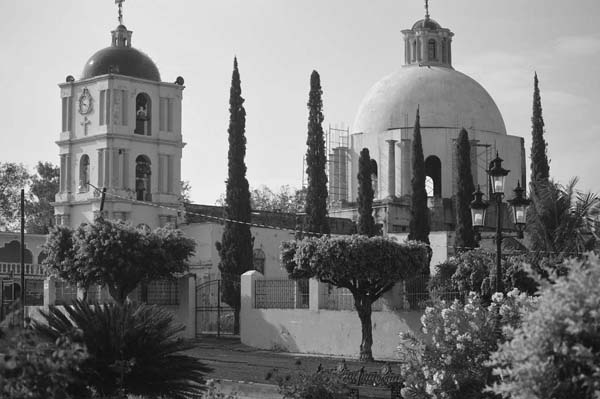
Above- Hacienda Cofradia de la Luz (Brotherhood of Light) is situated in the town which took it’s name and like many haciendas a town grew up around it and the original hacienda chapel became the town church.
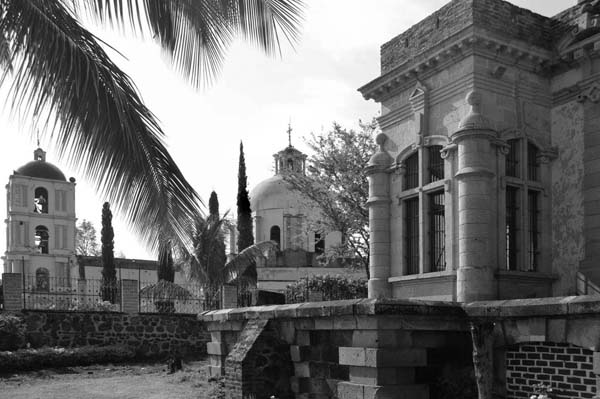
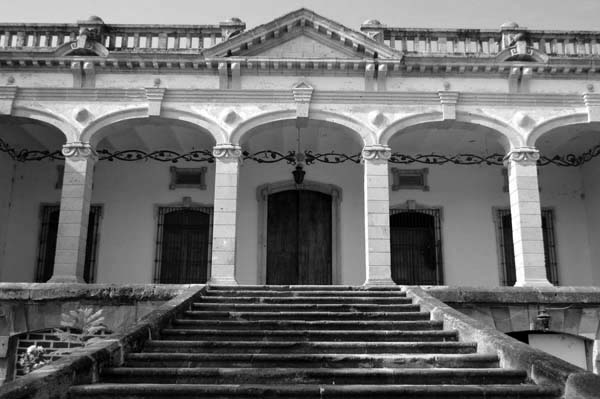
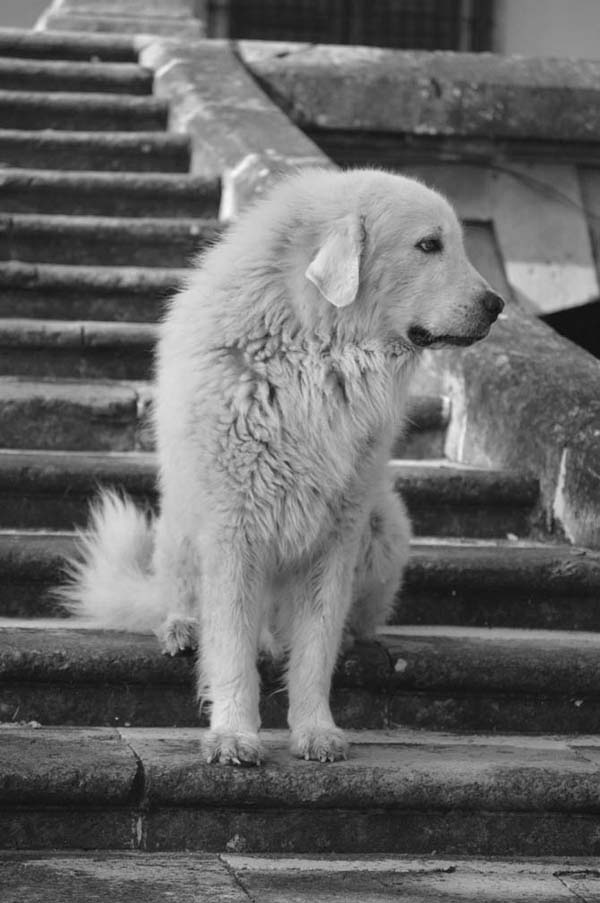
Above our greeting party was two very large but friendly polar bear type dogs. The house was under renovation (to be a boutique hotel) and the workers allowed us to wander around.
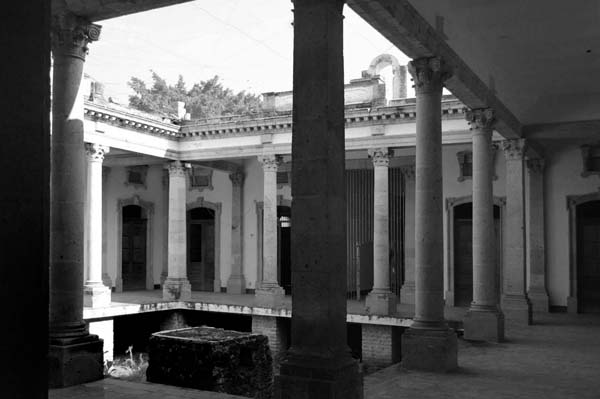
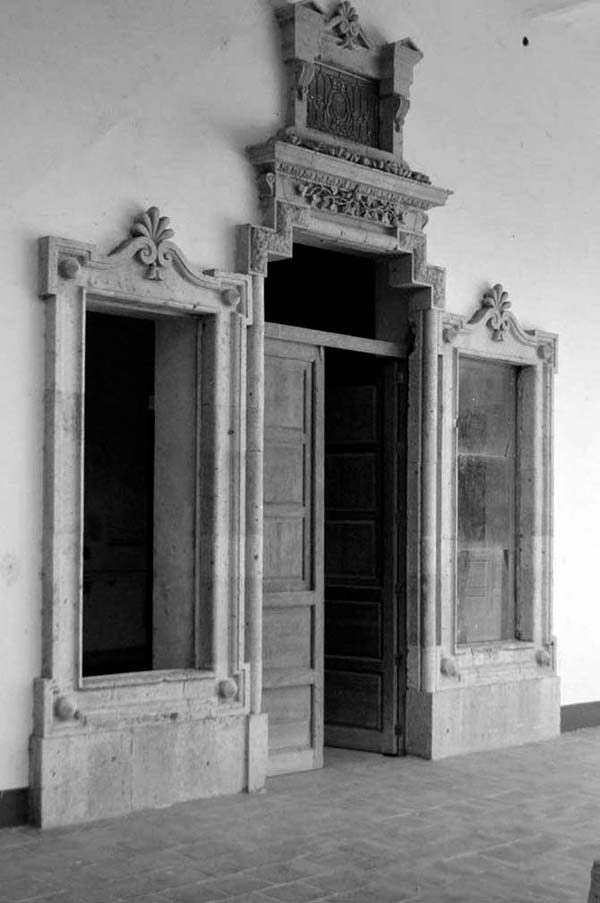
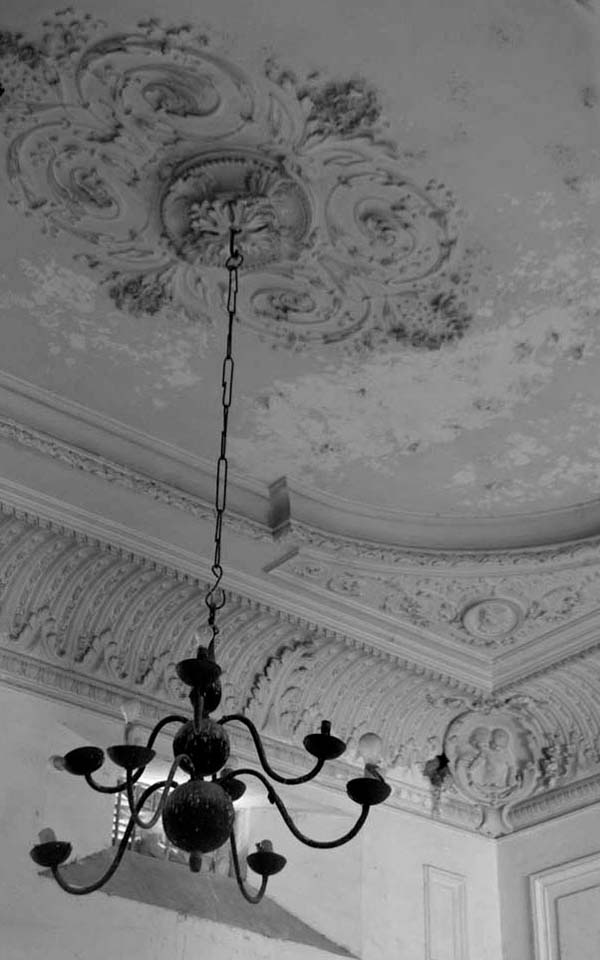
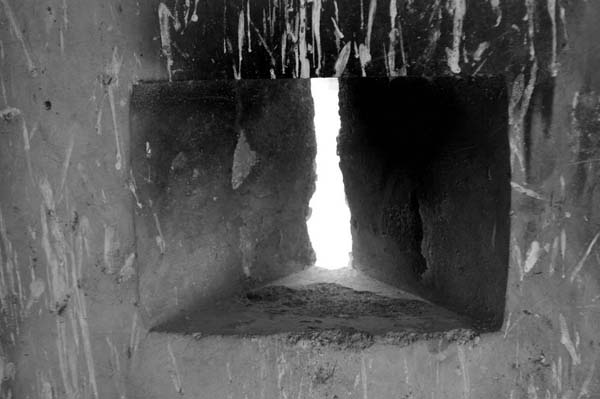
Above- Just about every hacienda had to defend itself against attack in those days. Here you see the gun slits.
Below– The tower of the sugar cane facility which looked like it had been still in production in the fifties.
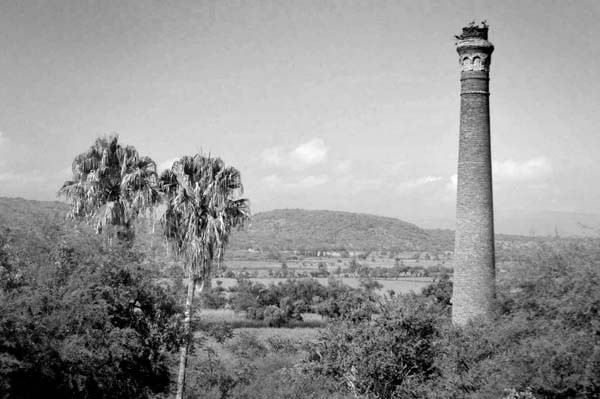
__________
The Hacienda La Suaceda was owned by the Jesuit Order between 1700 and 1767 when they were expelled from the Americas . (They couldn’t have more money than the King). They grazed as many as 80,000 head of cattle along with producing everything they needed as well as sugar cane and tequila. In size it was nearly 60,000 acres. Today it is a regional Museum.
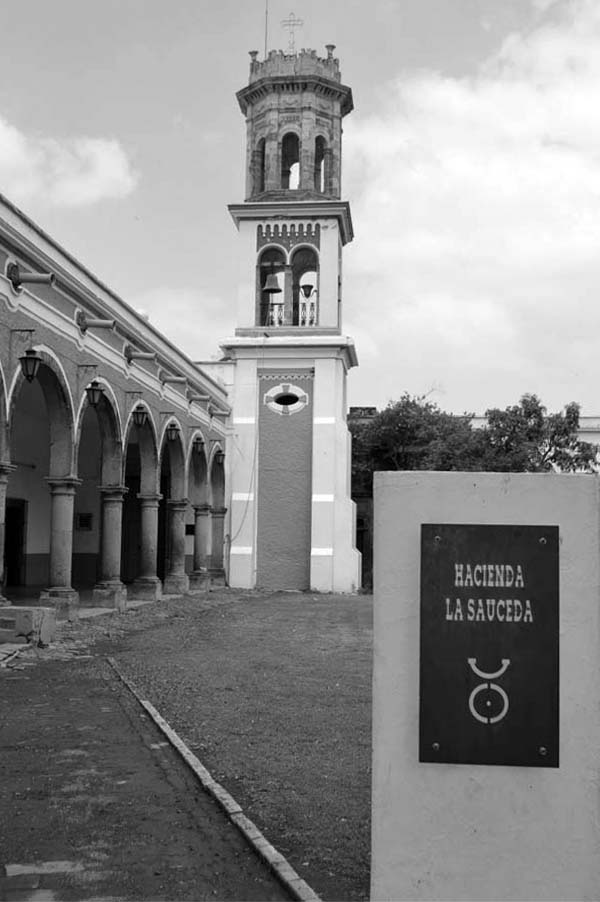
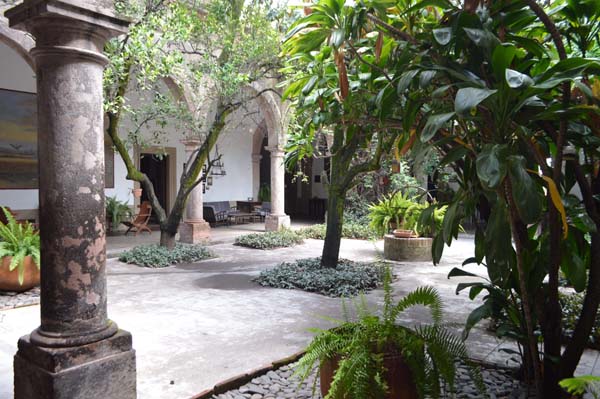
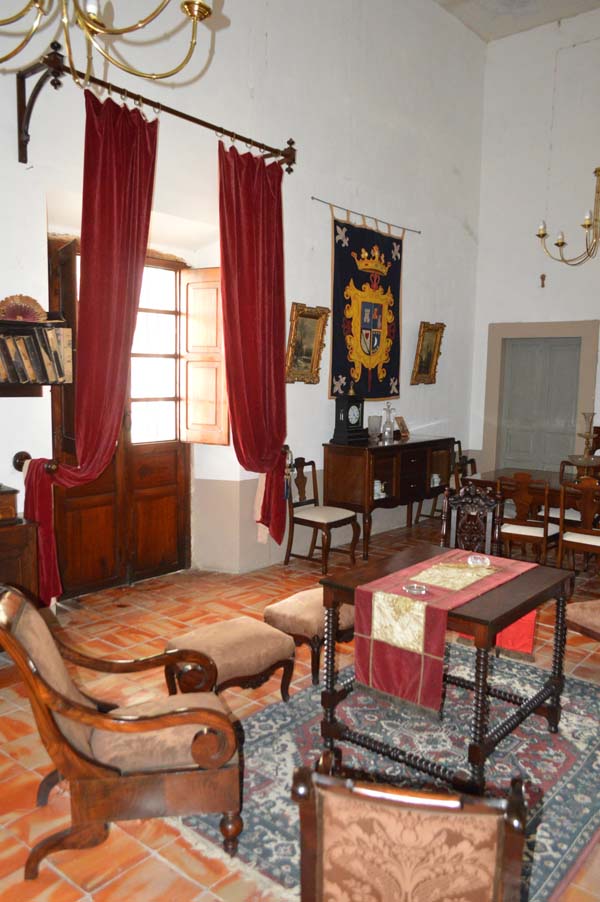
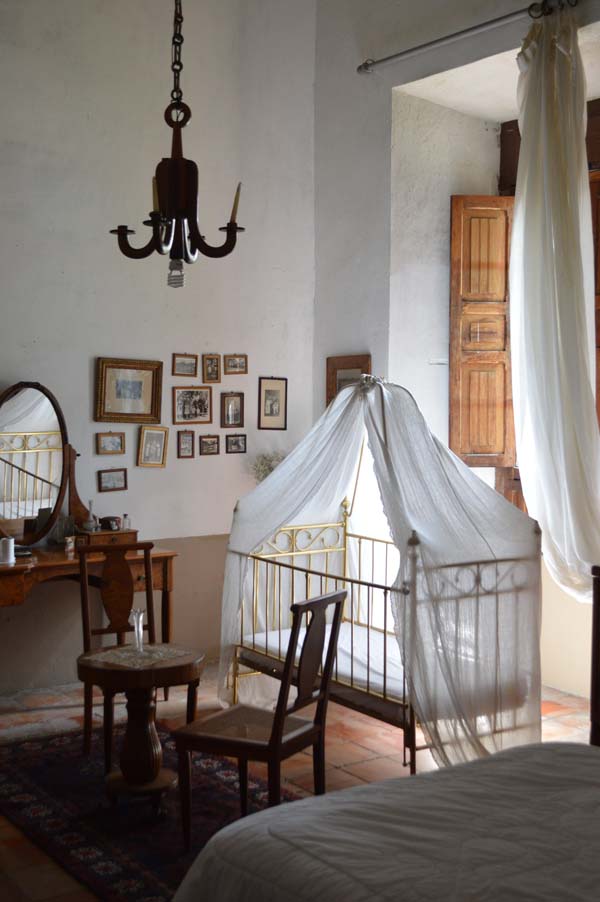
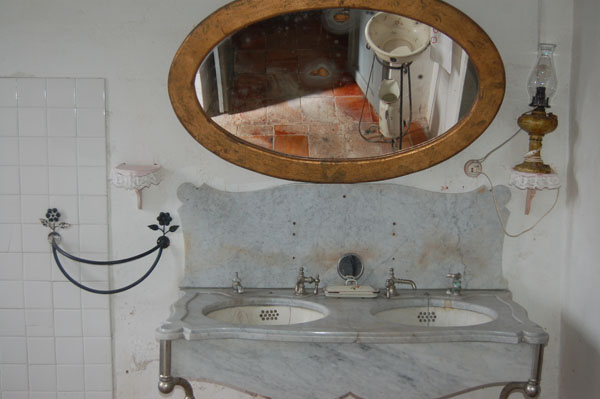
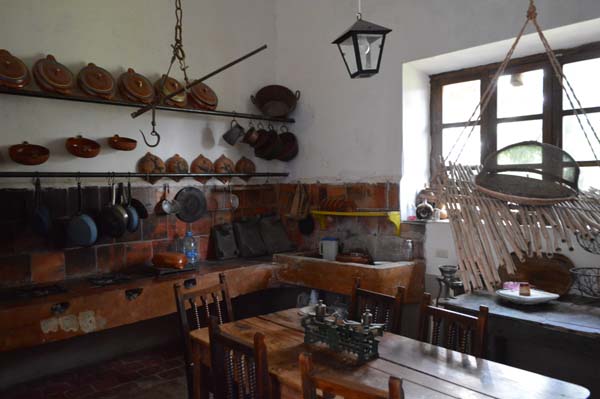
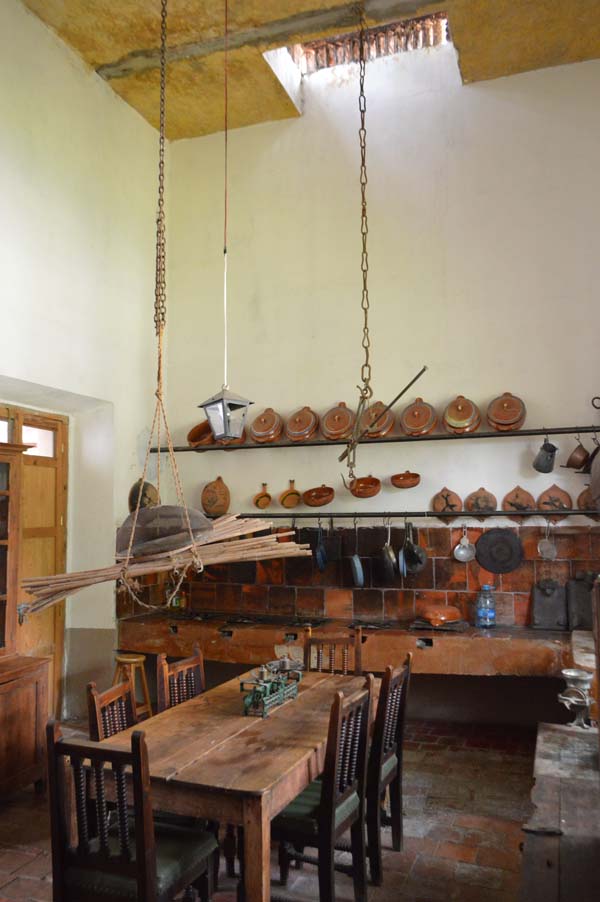
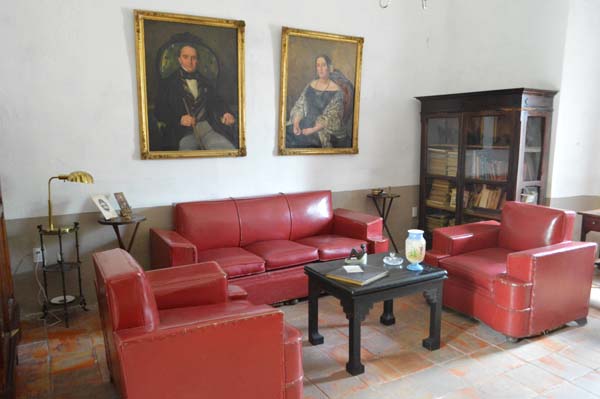
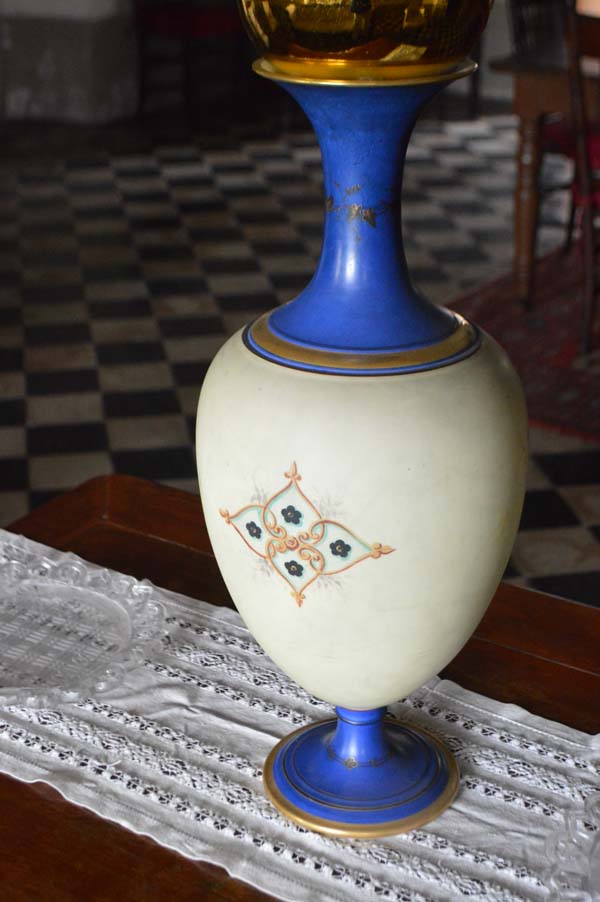
_________
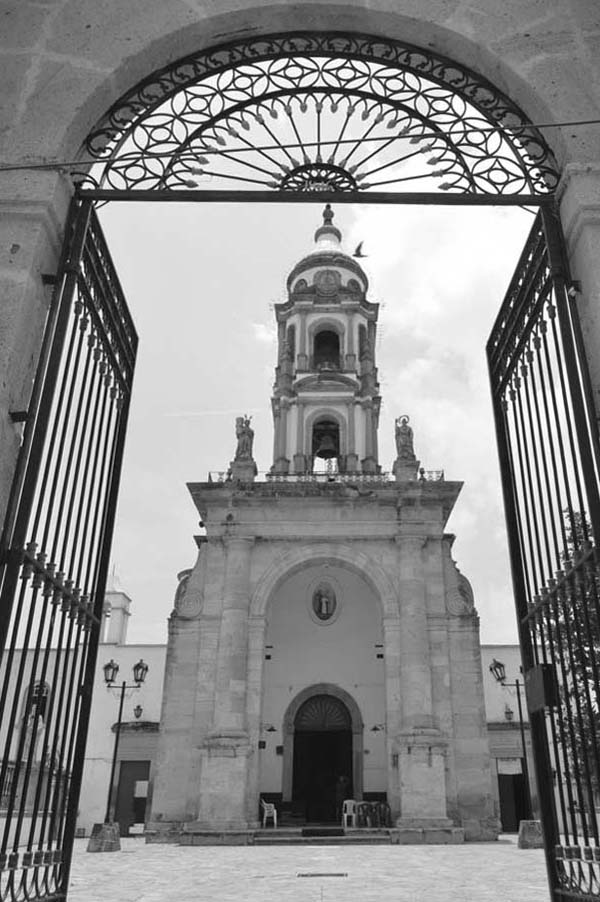
Above and Below- The Hacienda Buenavista de Caneda has an imposing church complete with twelve apostles.
Below right- God AND Jesus not often seen together.
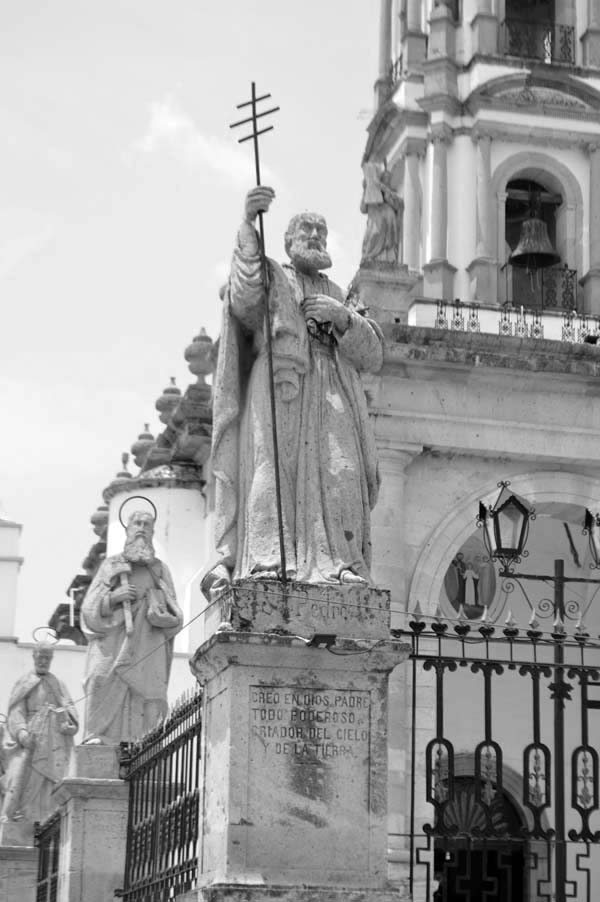
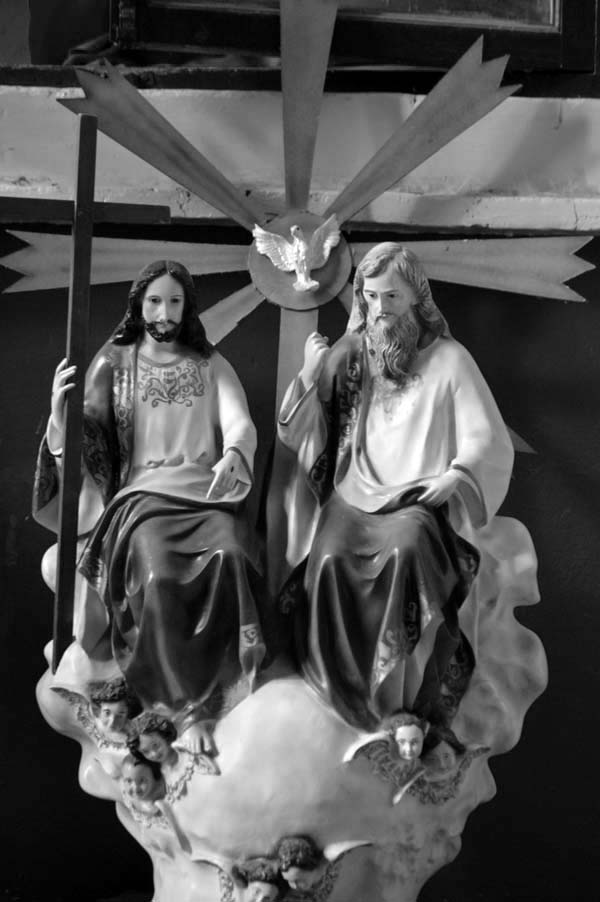
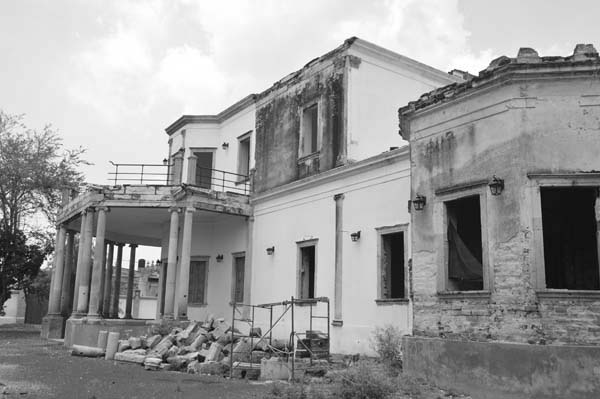
The actual house in now under repair to become (like the lucky ones) a boutique hotel. There is a lot to do.
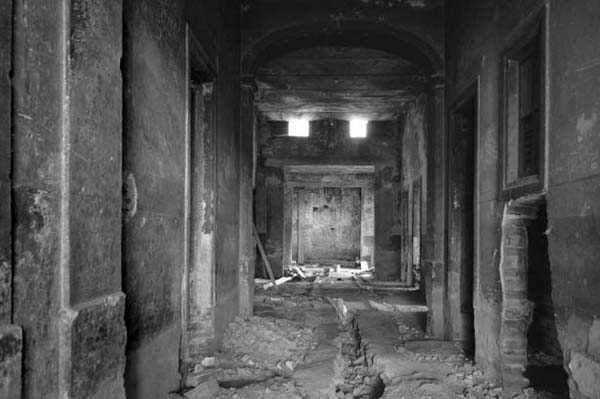
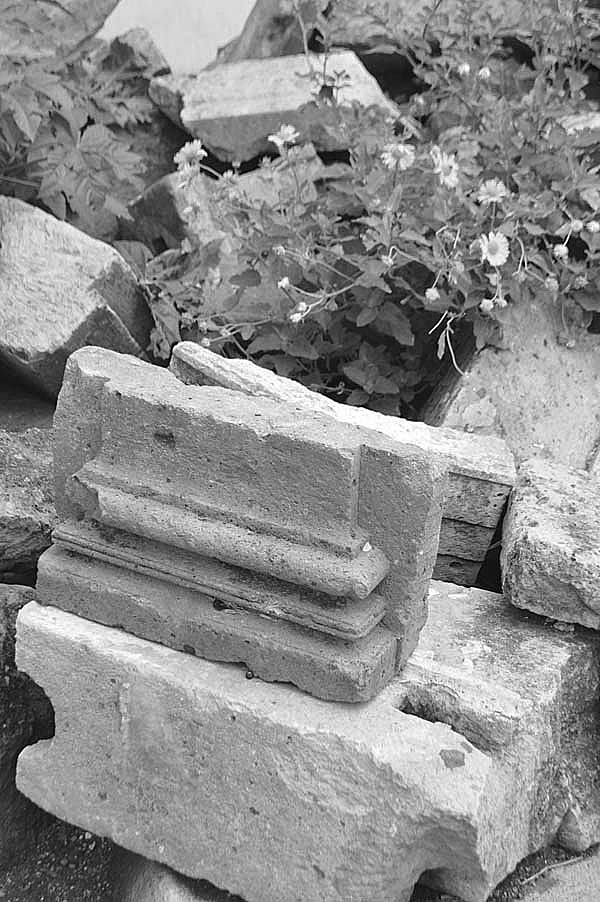
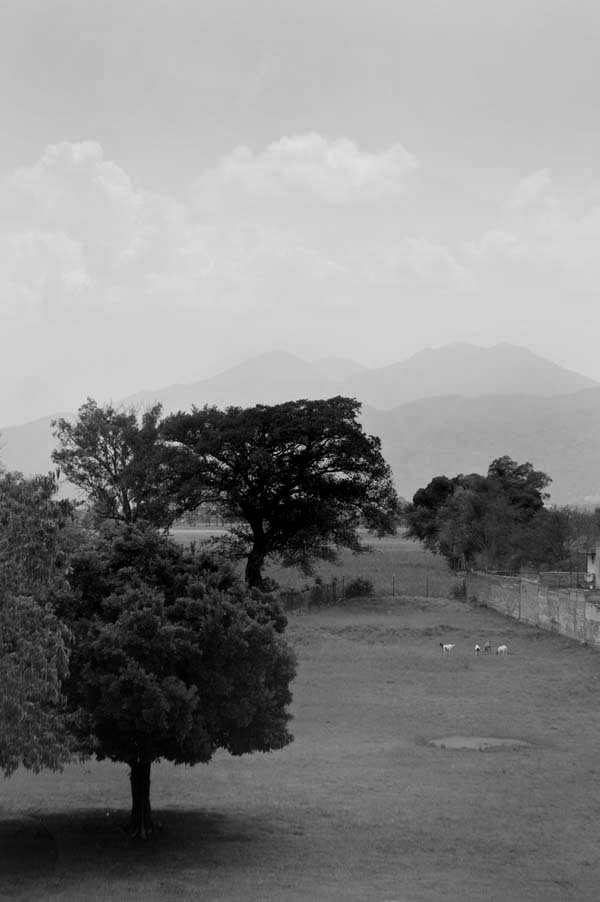
View of the surrounding mountains from the grounds.
_____
Ex Hacienda de San Antonio Matute again in the town of the same name with the original chapel now being the town church.
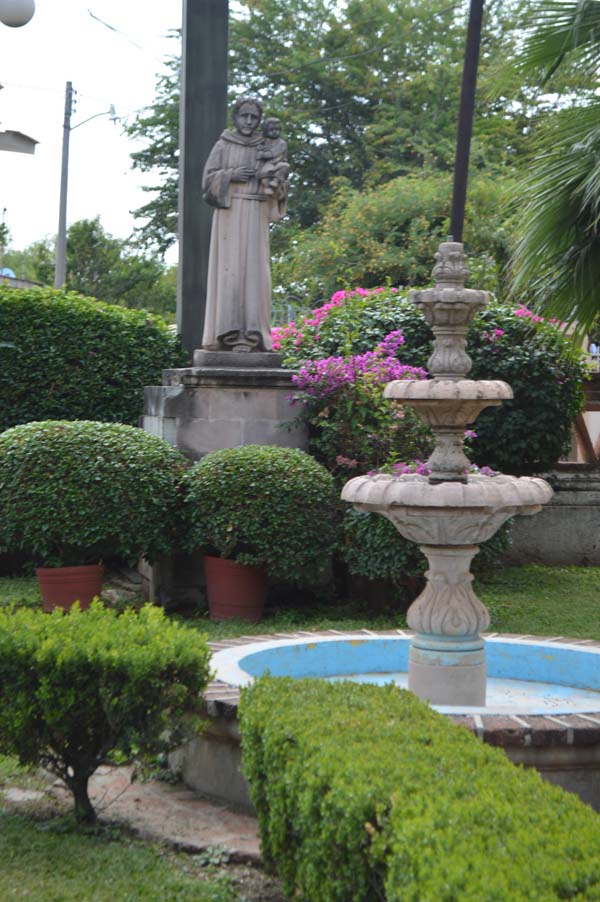
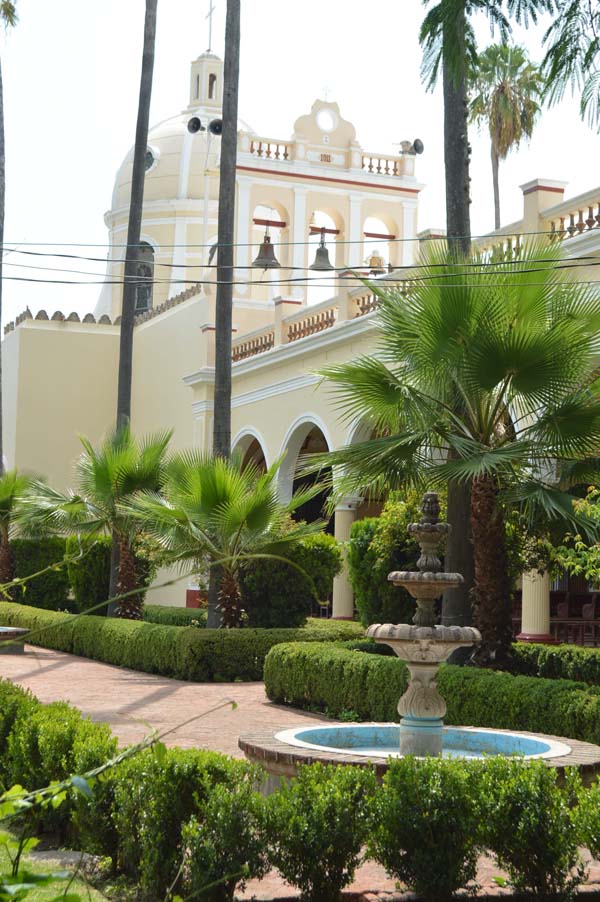
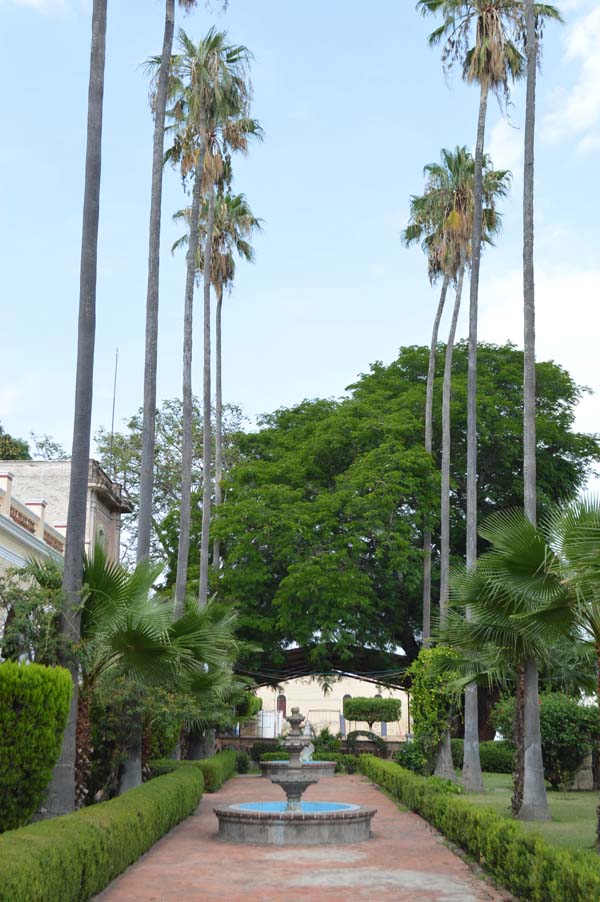
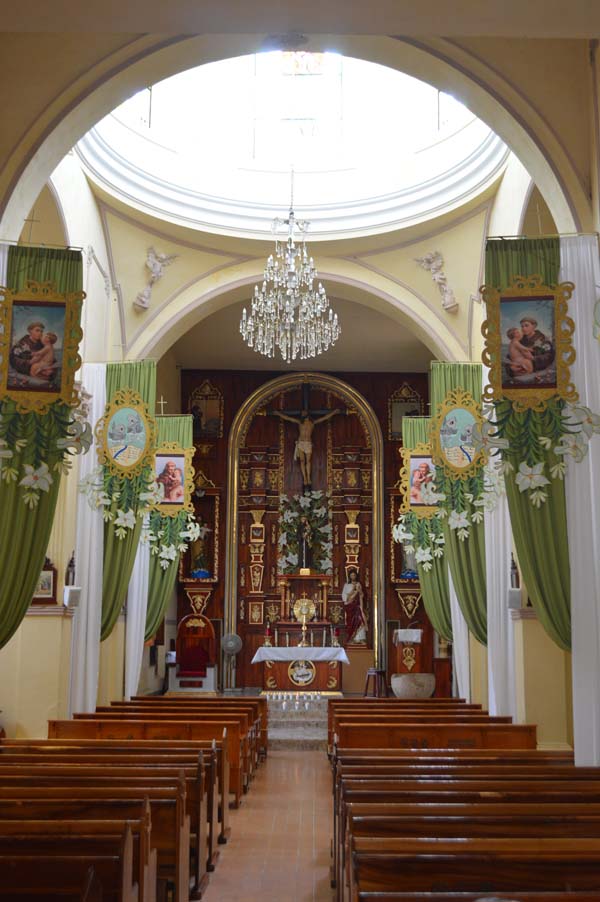
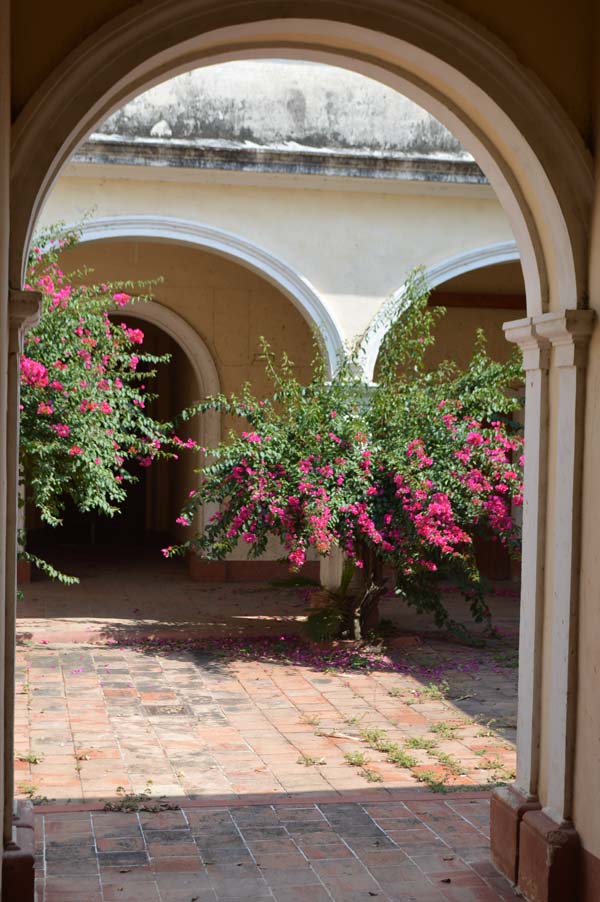
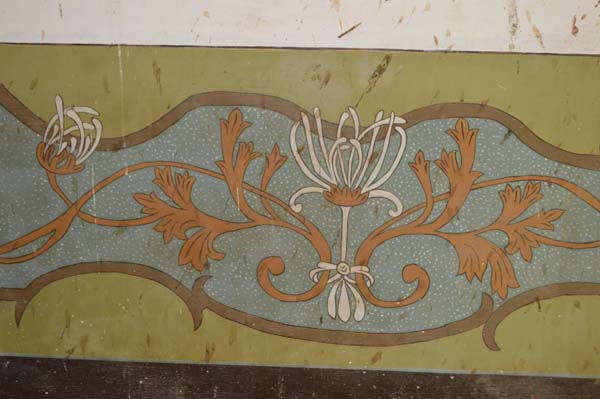
Above and below- Frieze designs on the decaying walls place this around 1910 just before the Revolution hit. The hacienda actually survived this period and was not lost to the family until 1937 when a wall was constructed between the chapel and the house.
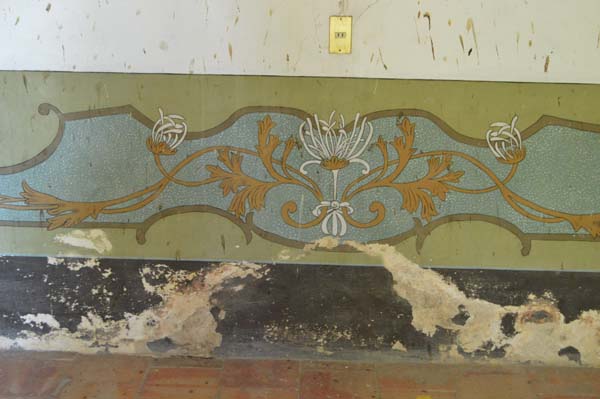
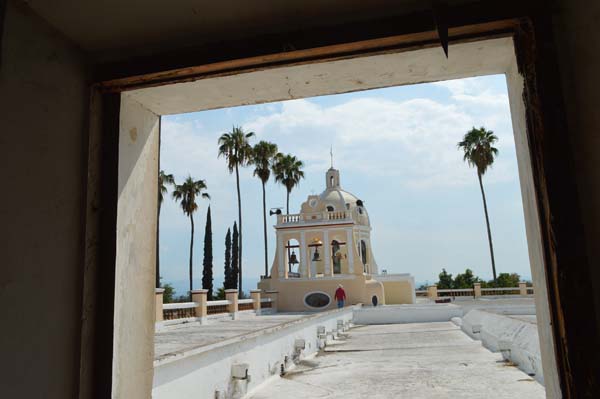
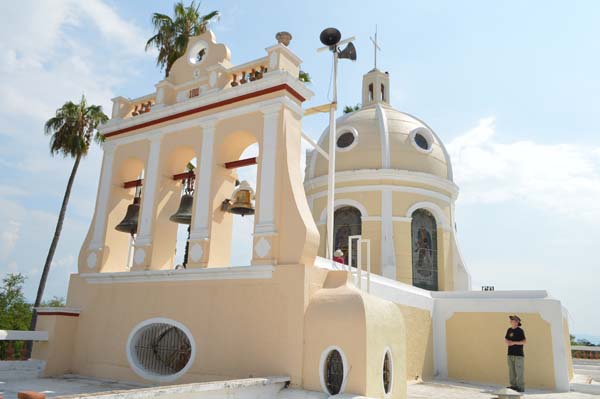
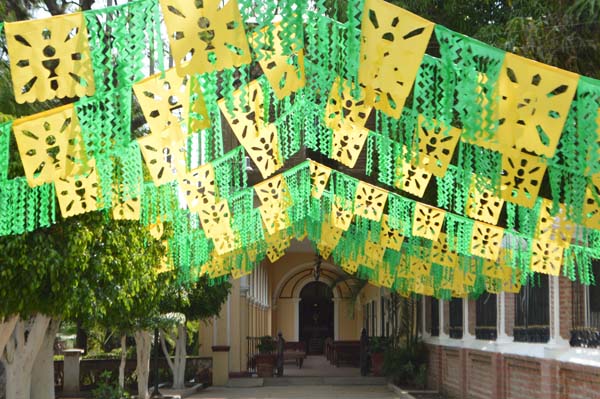
In summary out of four haciendas we visited two were being repaired to become hotels and one was kept as a museum. The last was languishing in disrepair but owned by the town.
______